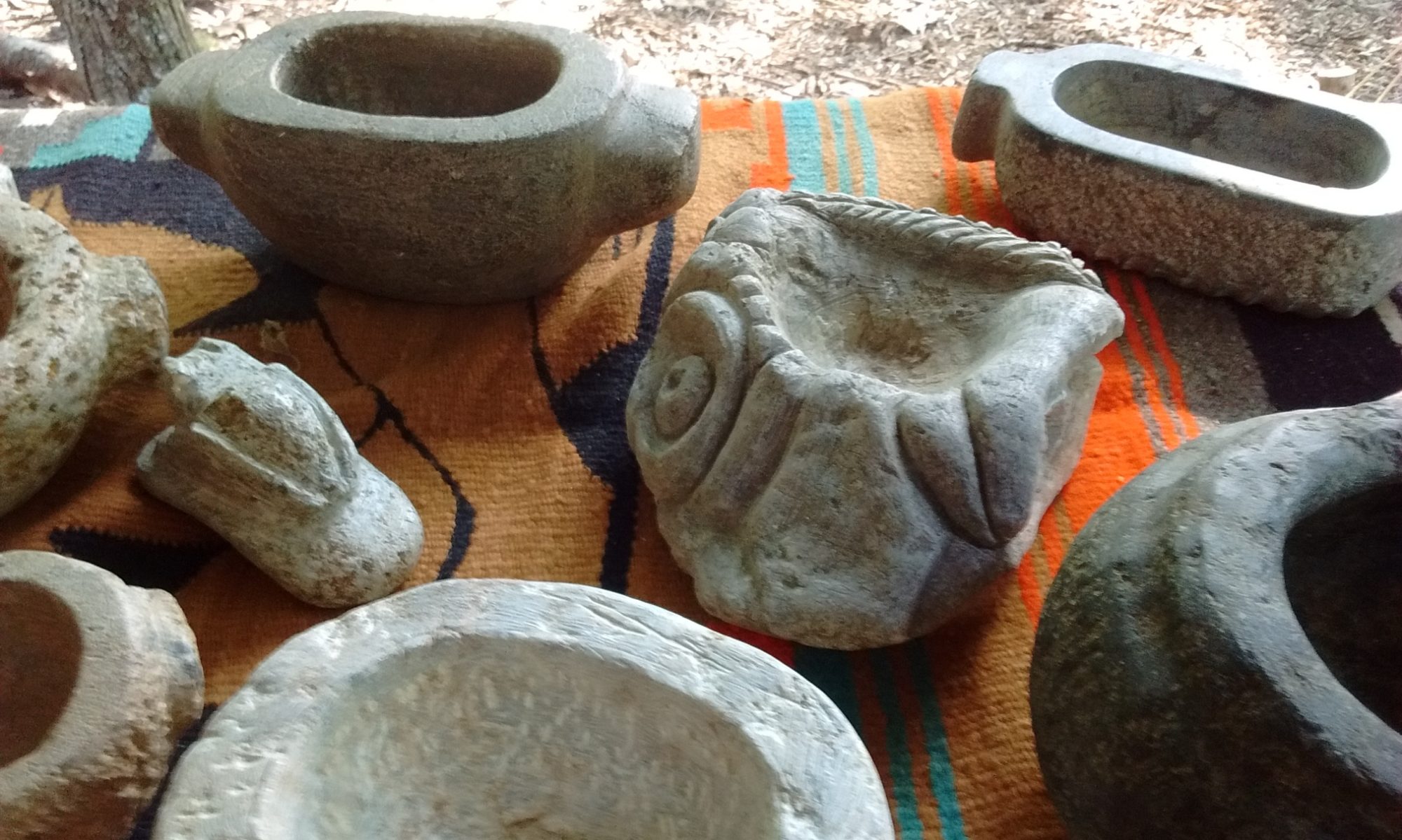Willow is a large family of plants known as the Salicaceae family, that includes over 1,200 species worldwide. Many members of the Salicaceae family, which are mostly trees and shrubs, have deep ethnobotanical significance. These plants have been valued, utilized, and intentionally managed by humans since the dawn of recorded history. We can find countless examples of willow featured in the most ancient texts and appearing in folklore and religion frequently. Willows are appreciated for their medicine, strength and flexibility, association with water, and are often used as a symbols for life, death, and rebirth.
This is why we are so excited to be planting a variety of willow species that are favored for basketry and other traditional skills on the land of our organization’s new headquarters. These baby willows were started from cuttings last fall (willows are easily progagated this way) and gifted to Ancestral Knowledge this spring. They are now helping with the revegetation and regeneration of some previously cleared forest land here, in an area that tends to hold water since being compacted by large machinery.
As we start down another branch of our path, in this season of rebirth, we are grateful for the opportunity to tend this old forest, for soil, water, and all the flora and fauna this land supports. When these young willows are old enough to be cut, we will coppice them in an honorable harvest, so that they may continue to regrow even more abundantly, and so we may keep sharing the skills and lessons they offer. Harvested material will be used for classes and workshops, as well as propagation of even more willows for planting.
*Picture above is the page on Willow family identification and characteristics, from Thomas J Elpel’s guidebook, “Botany in a Day, The Patterns Method of Plant Identification”
Post Submitted by Julie Biedrzycki – President of the AK Board of Directors



